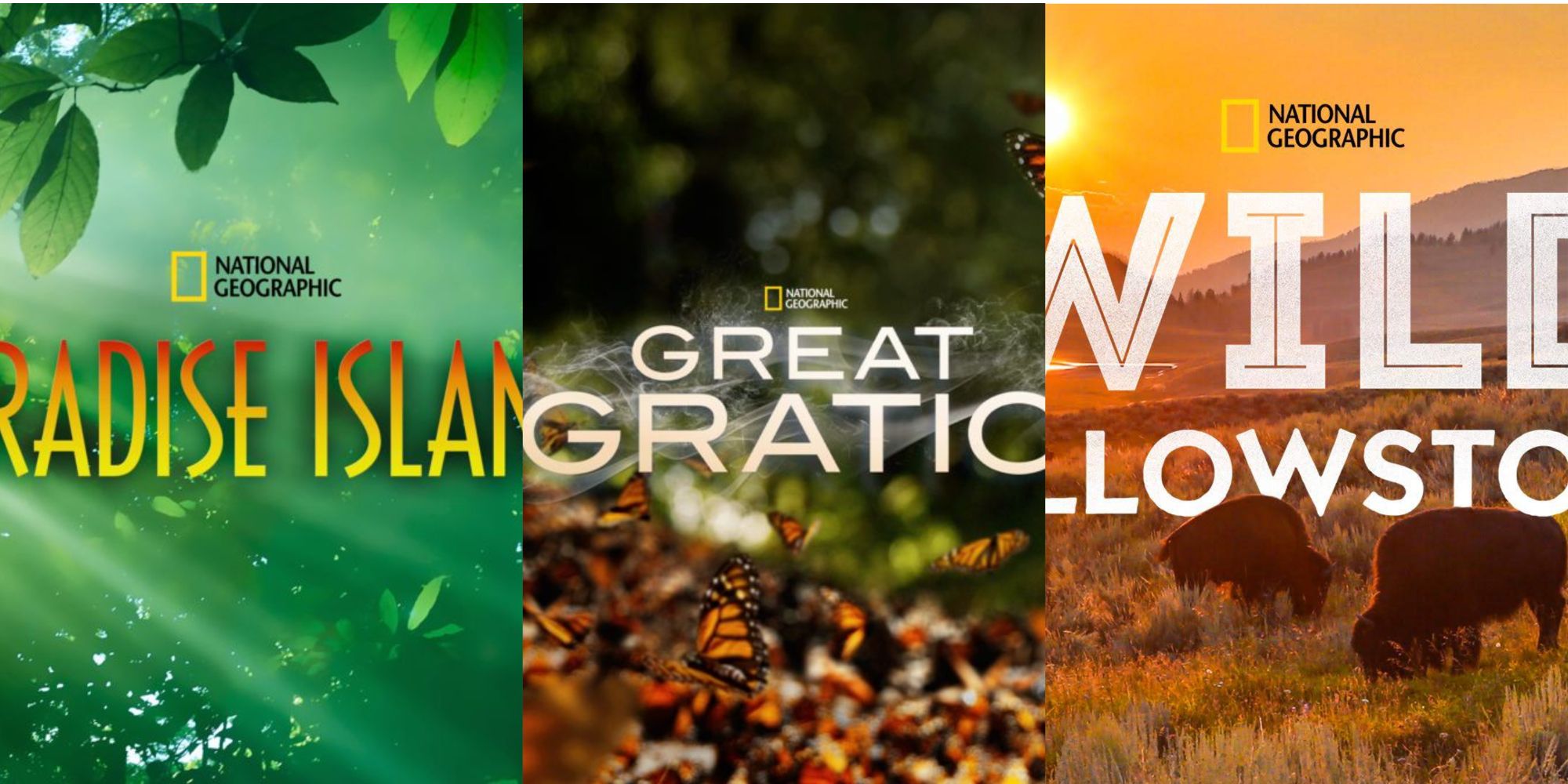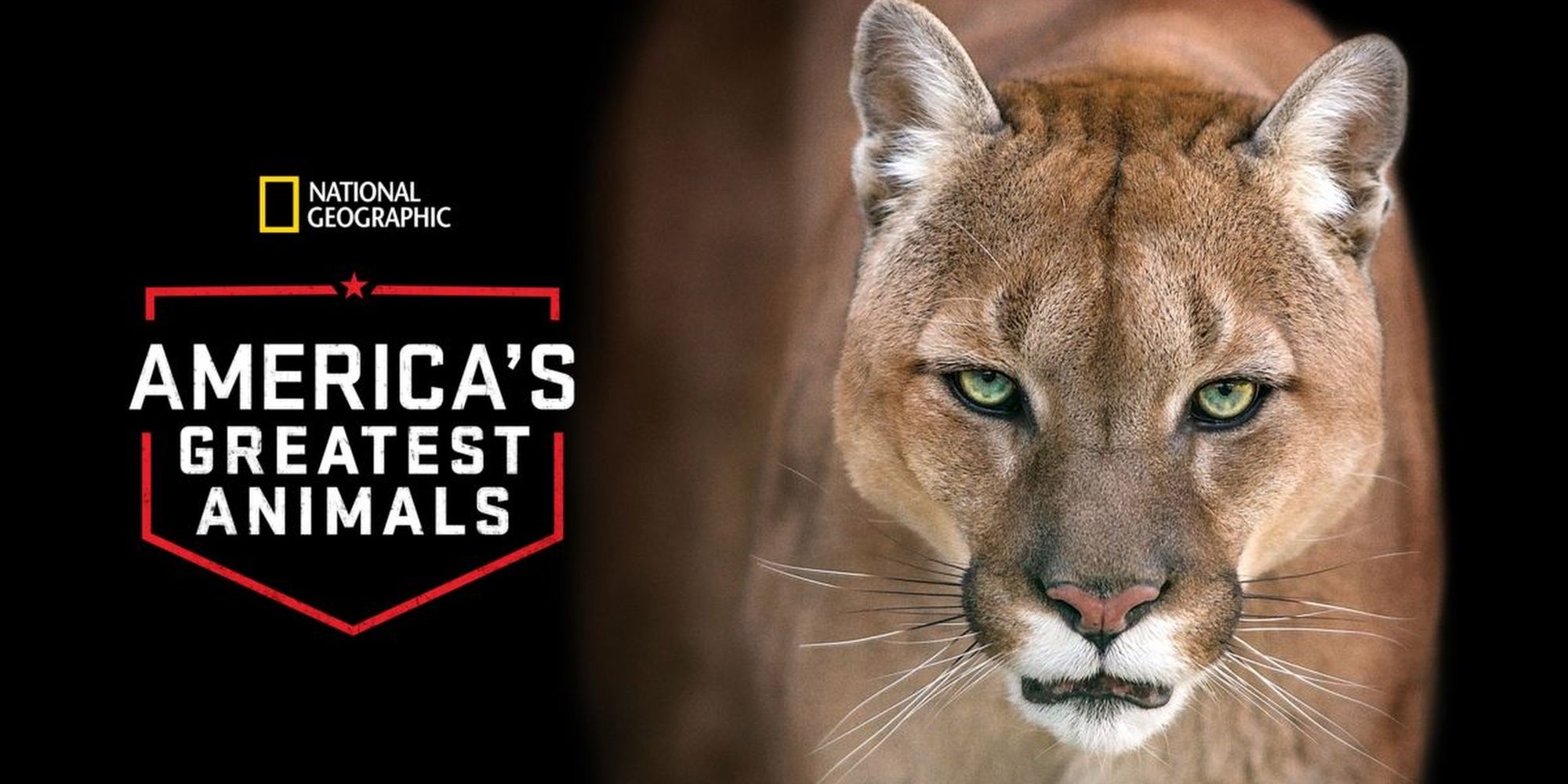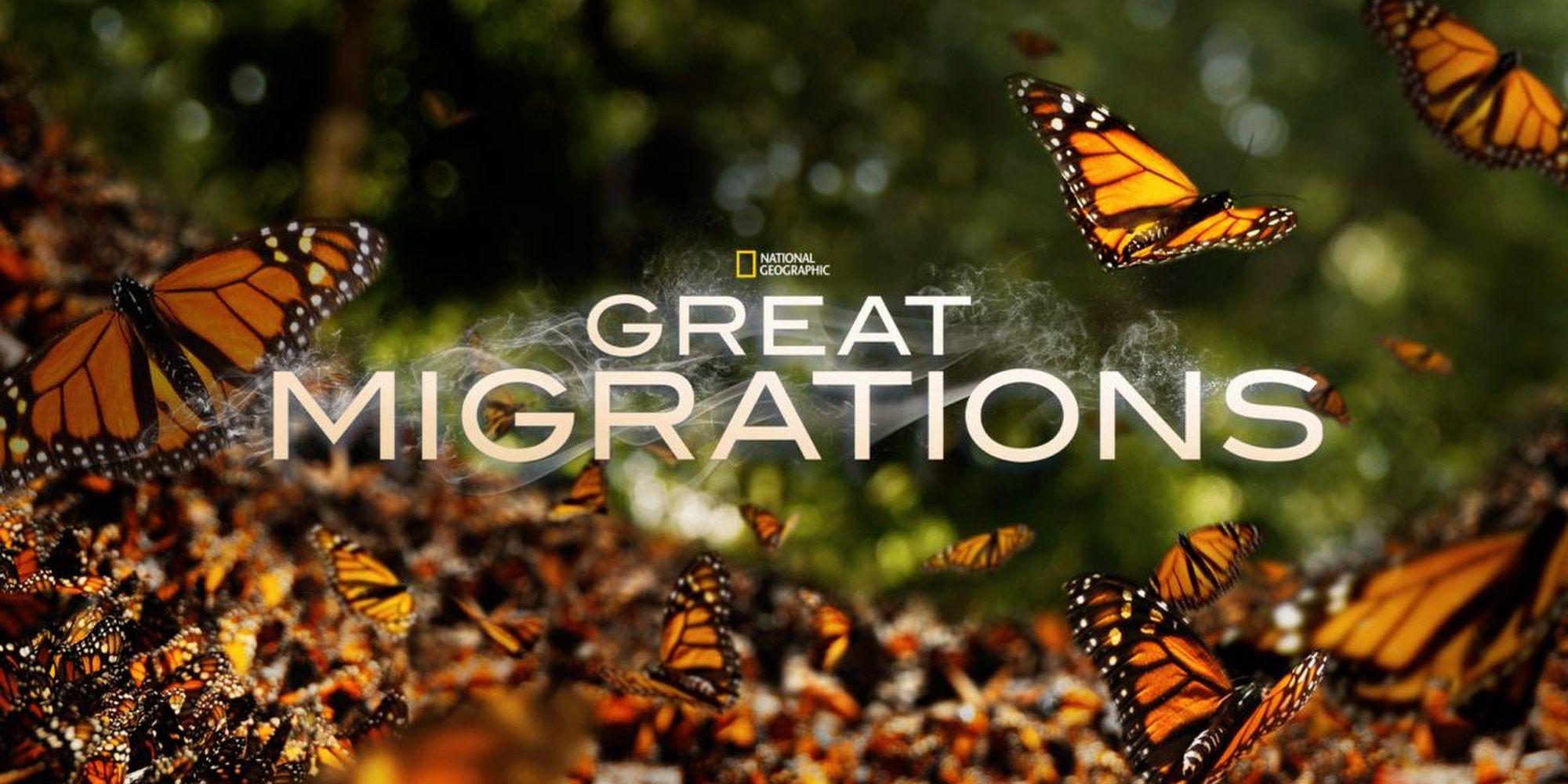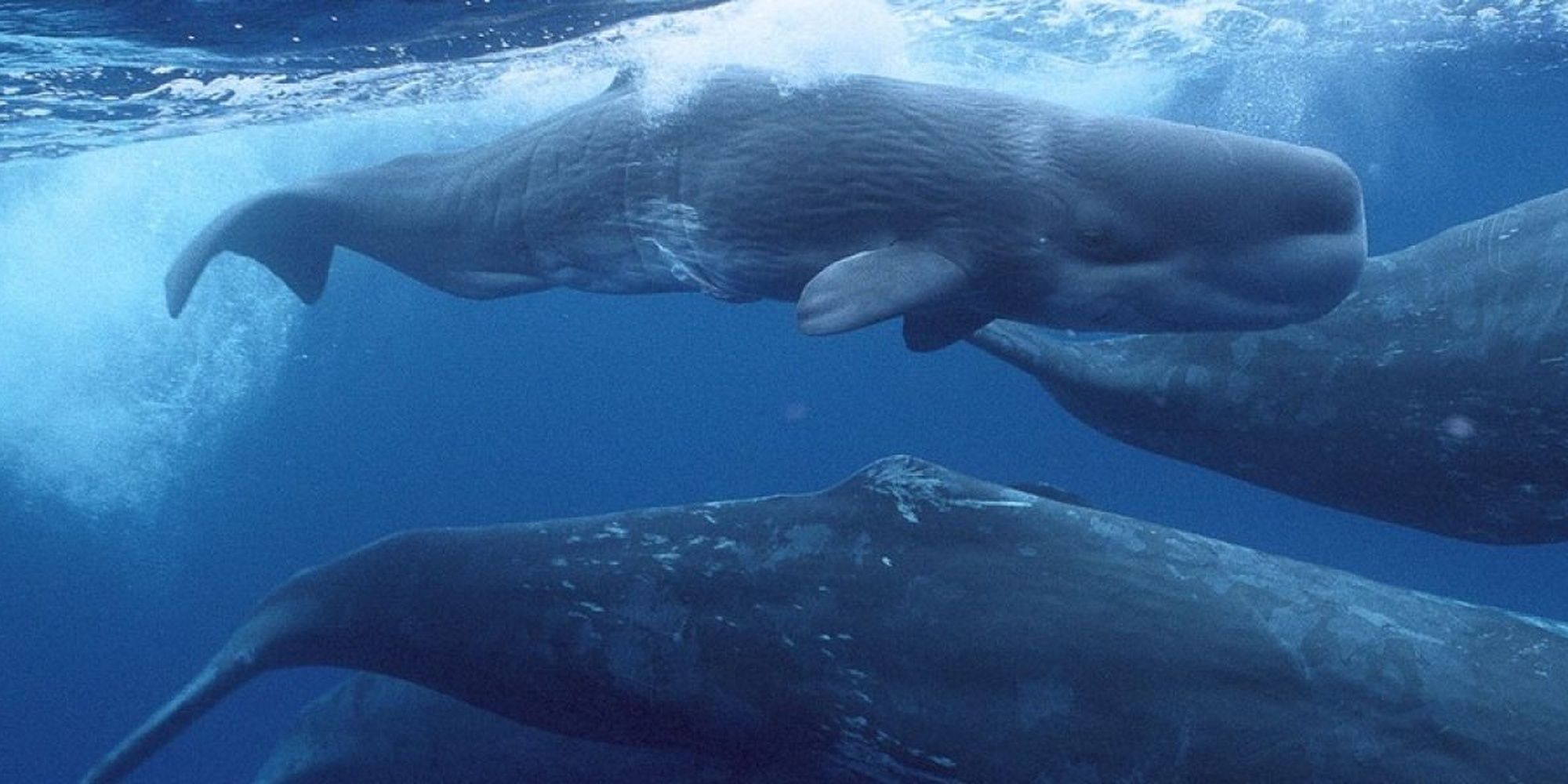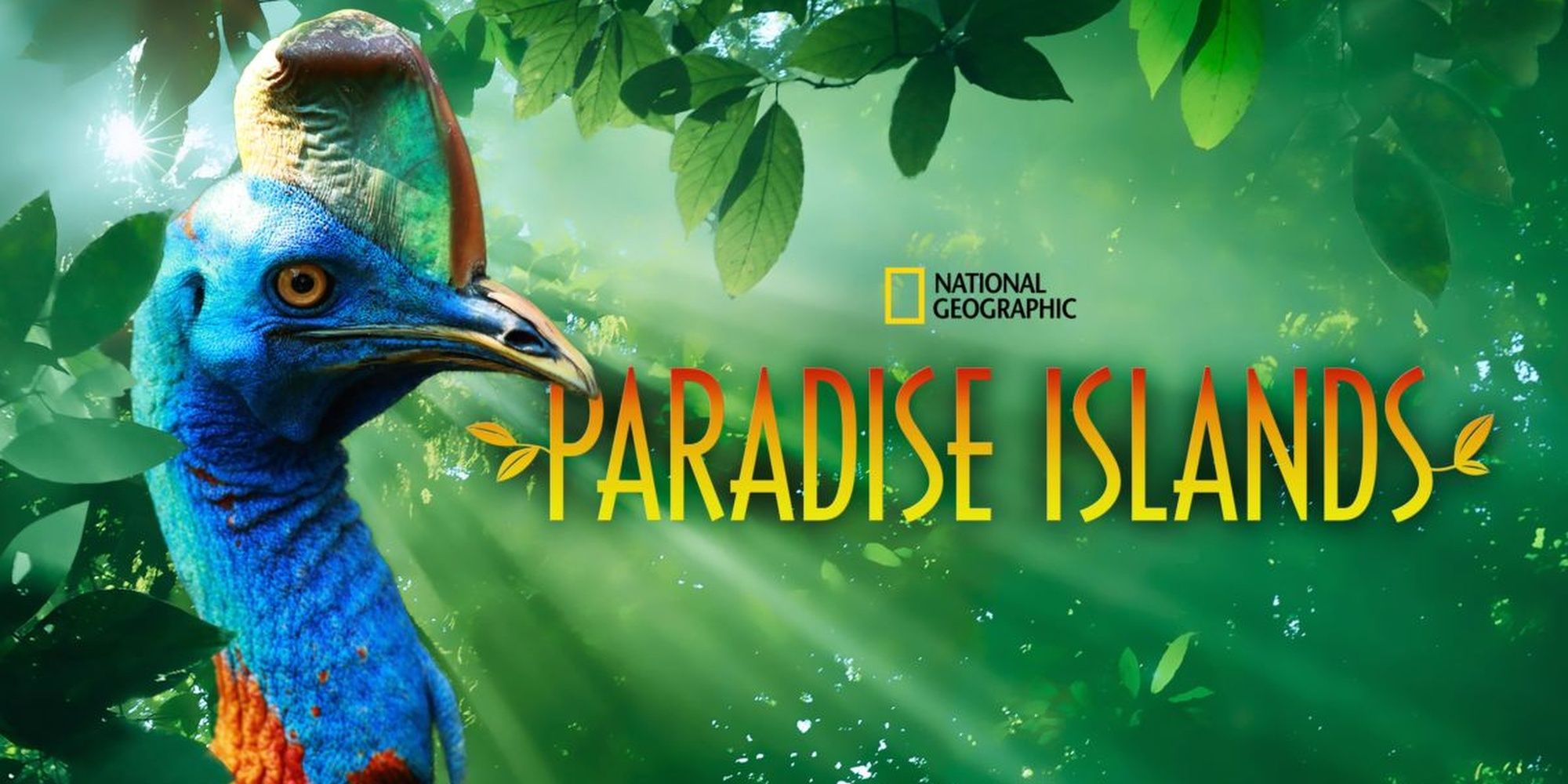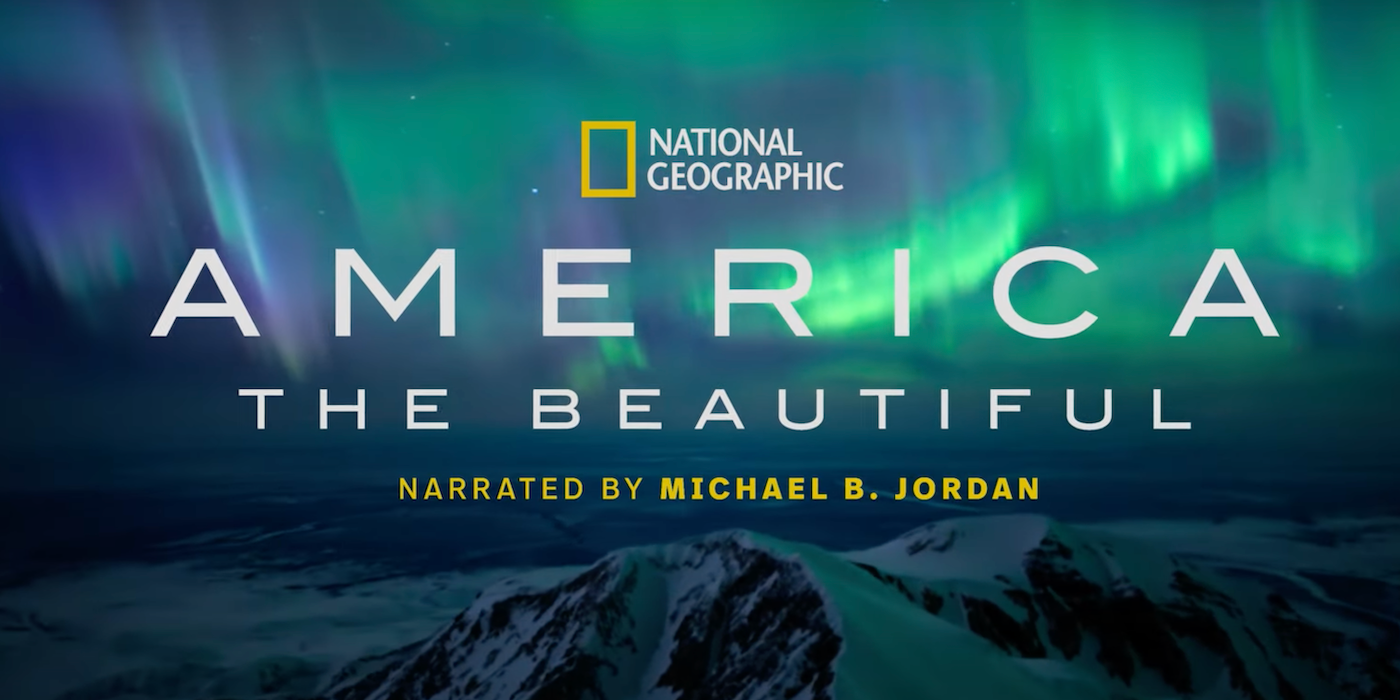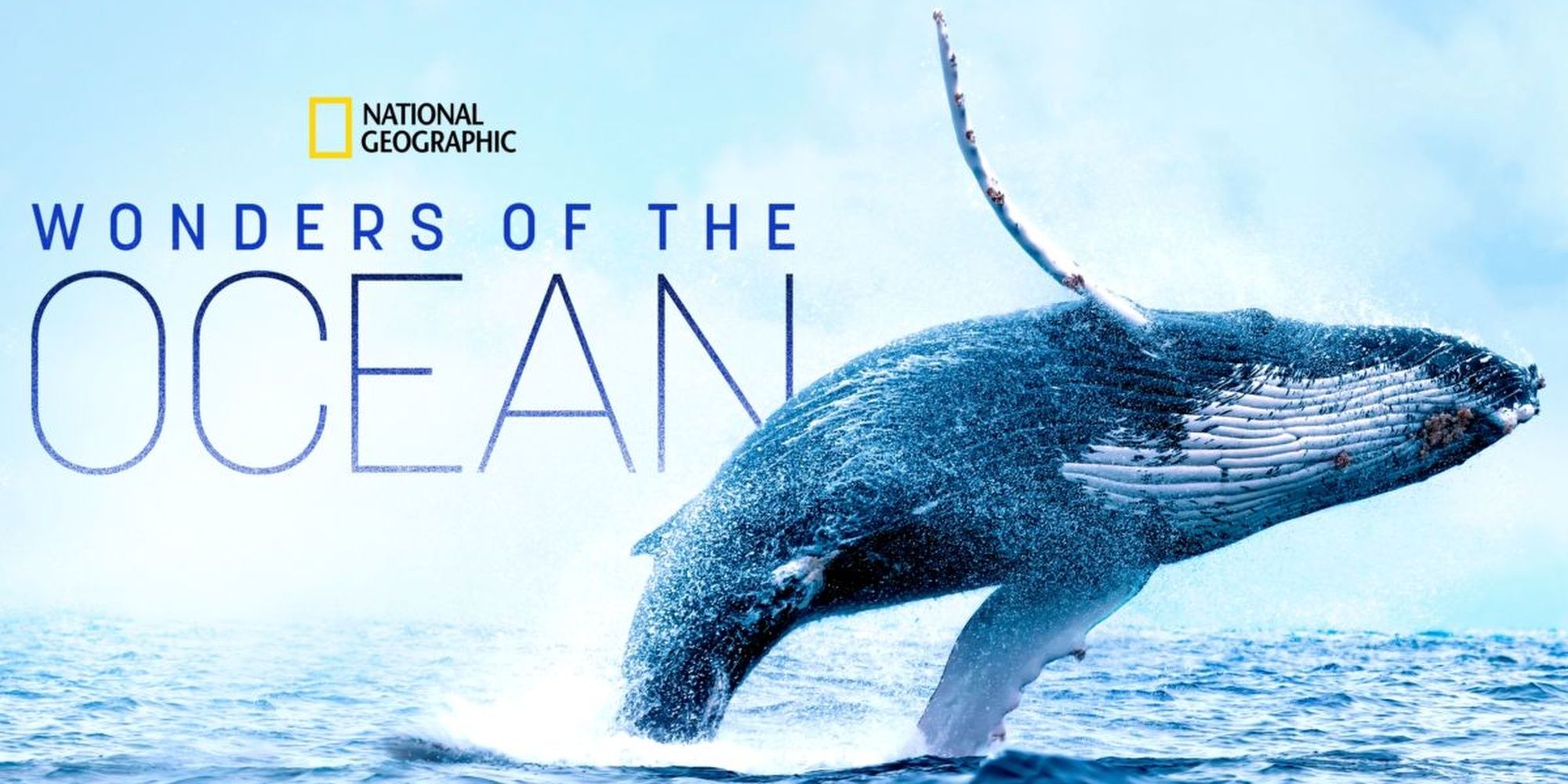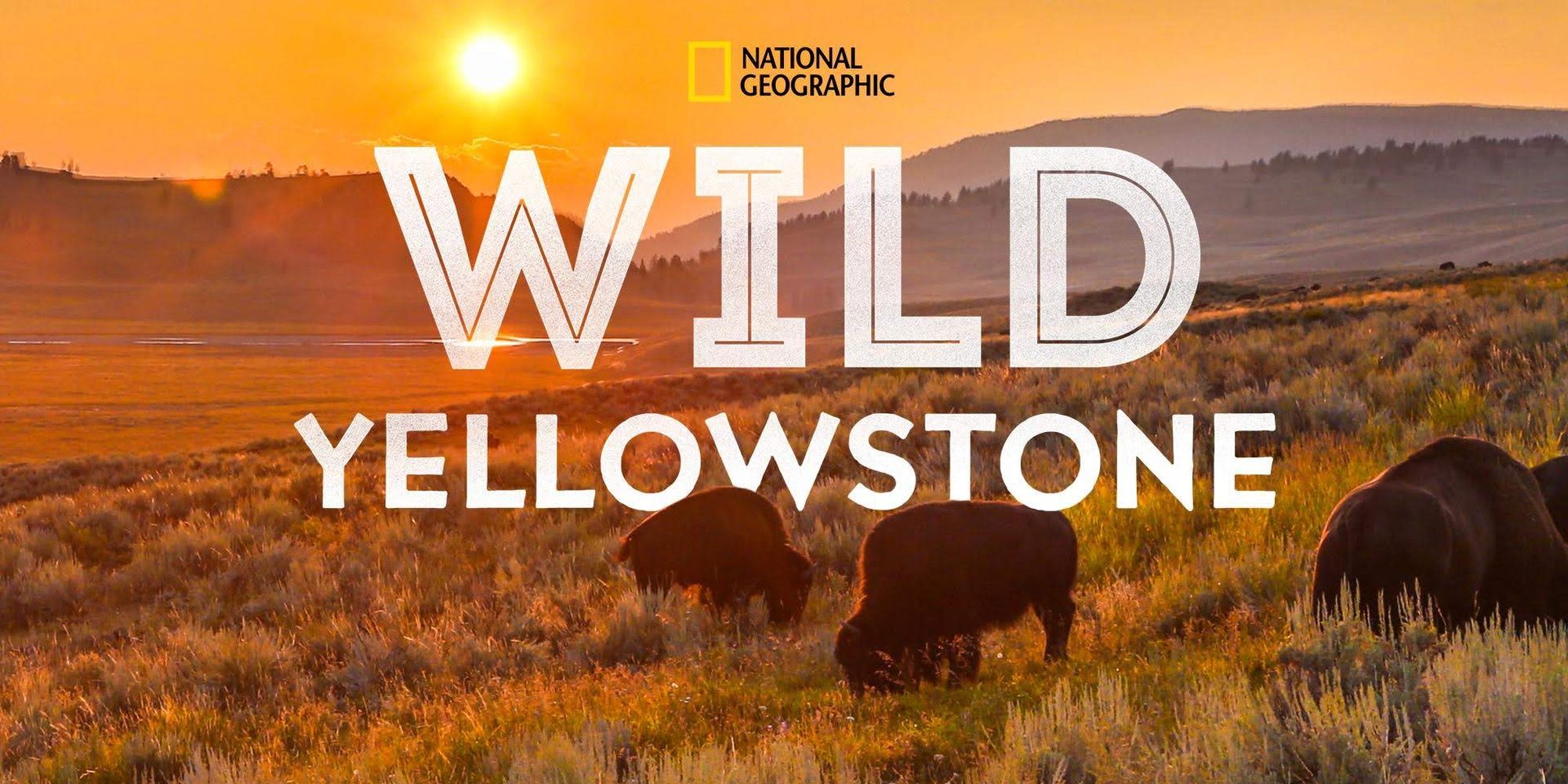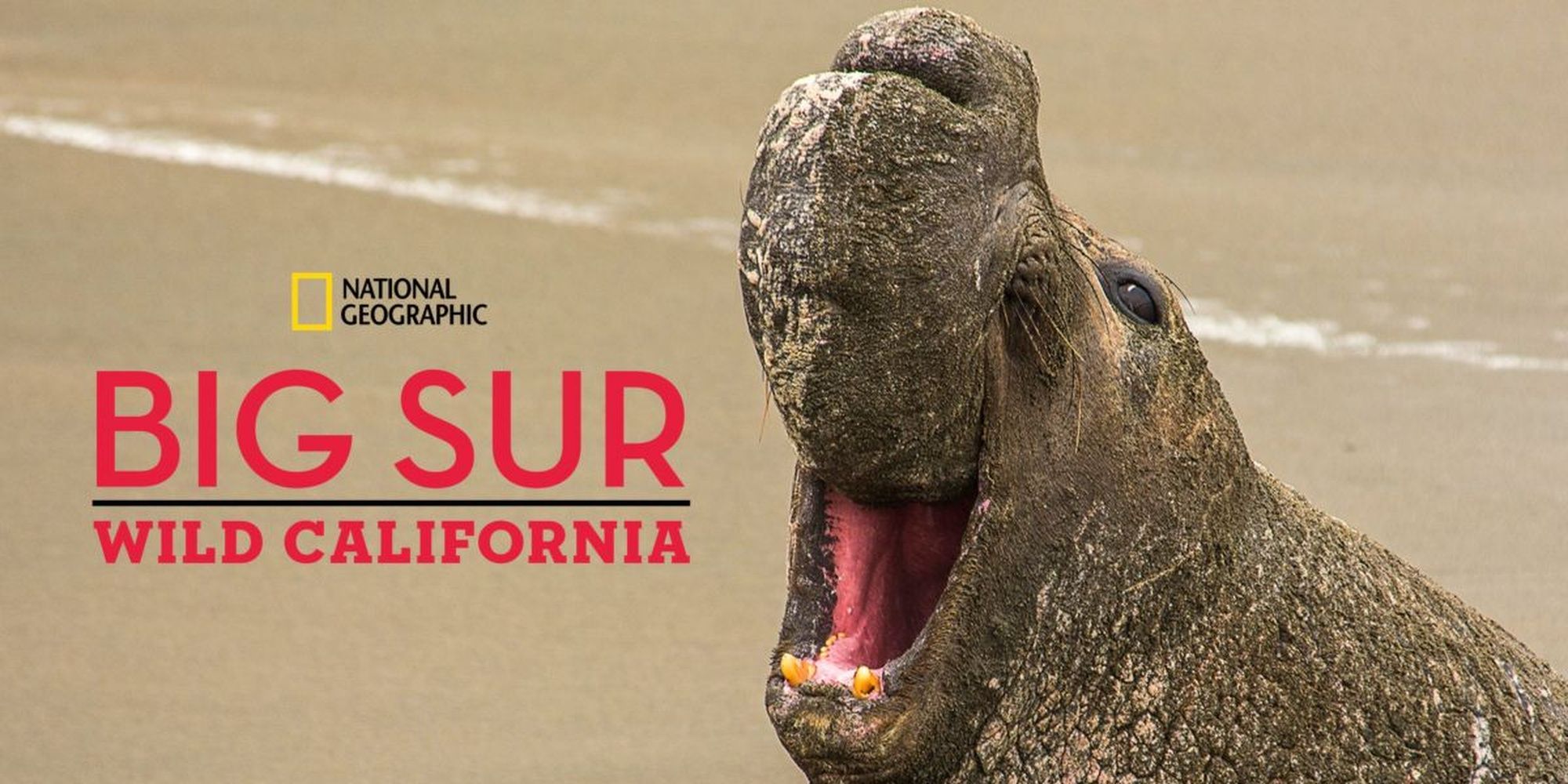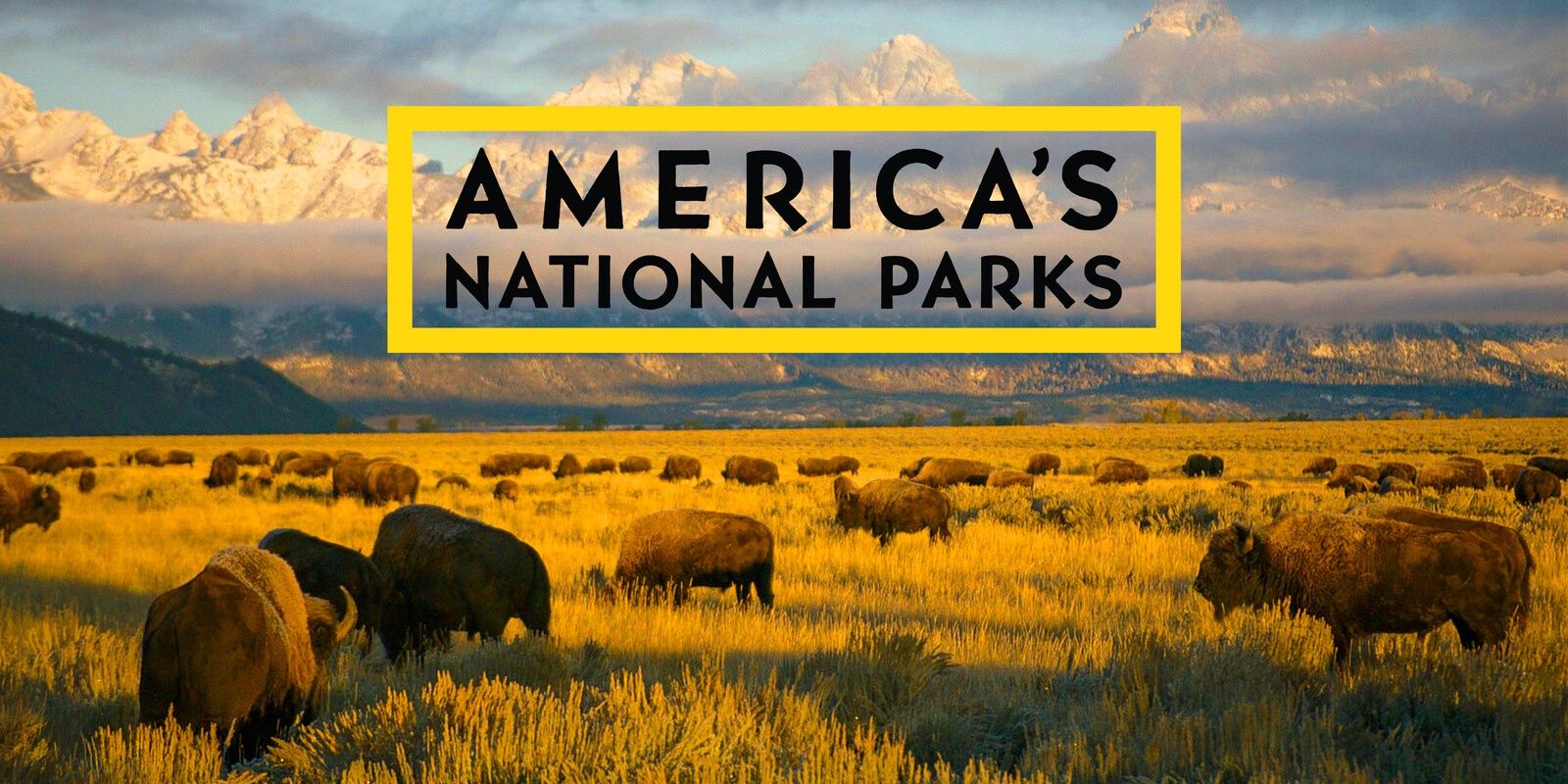National Geographic has been entertaining and educating us on the wonders and mysteries of the world for over a century. One hundred and thirty-four years after being founded, they have become professionals at capturing breathtaking camera shots of everything, from wild animals in the open plains of Africa and the ocean depths to the emptiness and unknown mysteries of space and so much more.
While Nat Geohas hundreds of documentaries you can watch on various topics, there is something about seeing the wild side of animals in their natural habitats that makes us feel like we’re exploring their worlds in a truly immersive experience. From the Wild and Hostile Planet docuseries and all the shark-related shows you could want, Disney+ has hours of educational entertainment from your TV screens straight to the wild sides of the world.
‘America’s Greatest Animals’ (2012)
It’s a ten-year-old documentary with a runtime of an hour and a half and gives us a look into America’s most resilient members of the animal kingdom. In a battle to see who makes America’s top five, America’s Greatest Animals compares the strength, stamina, courage, and intelligence of twelve nominations, including leopards, lions, rhinos, caribou, buffalo, and more, just as they did with Africa’s big five.
It’s an informative, educational adventure that follows the animals and the remarkable ways they’ve adapted to life to survive and proves which are the best of the best when it comes to naming America’s big five. Grizzly bears, bald eagles, wolves, elk, and caribou compete to be the greatest.
‘Great Migrations’ (2010)
Another oldie but goodie, 2010s Great Migrations follows millions of different animals in their migrations worldwide. It covers hundreds of species’ journeys that they embark on each year and their fight to move, breed, feed, and survive.
The episode runtimes range from forty-seven to fifty-two minutes and take viewers on a breathtakingly beautiful tour of how animals live and adapt to the current situations of life. Great Migrations is a stunning visual through the seasons and depicts the drastic and necessary measures these animals must take to come out the other end alive.
‘Giants of the Deep Blue’ (2018)
This 2018 documentary is a calmingly beautiful watch for an up-close encounter with some of the deep blue’s biggest and gentlest giants. With a focus on the behaviors, instincts, and hunting skills of these majestic creatures, the forty-four-minute experience delves deep into the way of life of some of the world’s most immense inhabitants.
With beautiful shots of dolphins, sea lions, orcas, humpbacks, blue, and sperm whales in the waters of the California Coast, Hawaii, Alaska, and the Arctic, this is a stunning look at how the larger-than-life creatures have adapted to living in the current times of a diminishing food source, and their clever and sometimes unusual methods of doing so.
‘Paradise Islands’ (2017)
Paradise Islands is a 2017 three-part docuseries on the wonders of some of the biologically richest islands on earth. Focusing on the islands between Australia and Asia, the series shines a light on how the earth’s power has assisted in creating one of the most diverse environments on the planet, from the moon and stars to the bright sunshine.
Islands, rainforests, and coastlines in the diverse ecosystem and surrounding environments are flooded with life in wide varieties, from plants to animals. In highlighting how the power of the earth, sun, and moon have assisted in the growth of the islands over millions of years, this beautifully shot mini docuseries is a great way to learn about the power of our planet.
‘Hostile Planet’ (2019)
Animals at the forefront of the most cruelly unforgiving environments have become experts at learning to adapt. If they don’t, they die. With adventurer Bear Grylls as narrator and host, this 2019 docuseries consists of six episodes and takes you on a journey through the world’s mountains, oceans, grasslands, jungles, deserts, and polar regions.
With volatile environments, life or death fights for survival, and the weather varying from intense heat to extreme cold, Hostile Planet depicts the constant struggles of the most resilient in the animal kingdom and their non-stop challenge to stay a survivalist in the earth’s most hostile wildernesses.
‘America the Beautiful’ (2022)
One of the newest docuseries to make its way onto Disney+, this 2022 educational adventure follows the animals of North America as you’ve never seen them before. Consisting of six episodes, each forty-six to forty-nine minutes long, America The Beautiful shines a light on those who live in conditions from one extreme to the other.
“Waterland,” “Heartland,” “Northland,” and “The Wild West” are four of the series’ episode titles, each of which takes you on a virtual journey to a different part of America and its inhabiting wildlife. With stunning shots of nature at its finest, it’s a great new series to get stuck into if you’re in the mood for beautiful landscape visuals from the Arctic to the deep South.
‘Wonders of the Ocean’ (2020)
Dive deep into the Pacific Ocean and explore the animal-inhabited islands above sea level in this 2020 two-part docuseries from Nat Geo. The documentary follows the lives of animals that have had to adapt to new ways of life or die trying, consisting of two forty-five-minute episodes that take you on a beautiful journey from down below to high above.
Wonders of the Ocean is a stunning take on the harsh yet beautiful environments that millions of animals call home. With spectacular views in and around the Pacific Ocean’s 20,000 islands, up-close encounters with its animal inhabitants, and the incredible ways that life has found a way to survive, it’s a brilliant watch for new insight into the world of the Pacific.
‘Wild Yellowstone’ (2015)
The Wild series now consists of over a dozen, either single documentaries or two to four short docuseries episodes with a run time of around forty-five minutes. Yellowstone’s installment has two parts, one that covers the harshness of its cruel and unforgiving winter and the other consisting of its scorchingly hot summer.
Episode one of Wild Yellowstone‘s two-part series is entitled “The Frozen Frontier” and follows the animals’ instinctual efforts to survive the bitter winter in Yellowstone National Park. Part two is called “Grizzly Summer” and tracks the bears of the park, among other animals, as they embark on the journey of survival once more after making it through winter, in the cruel cycle of fighting to survive the dangers of Yellowstone’s wilderness.
‘Big Sur Wild California’ (2010)
Nearly extinct species, protective mountain lions, otters, and more live in one of the most appropriately named pristine wildernesses on earth. This more than a decade-old documentary follows the rare ecosystem of the Big Sur coastline of California, bringing phenomenal views and landscape shots of the animals thriving there.
It’s a forty-seven-minute venture into the Wild series. Big Sur is in another part of California, largely untouched by humans. It’s an older documentary from National Geographic, but that doesn’t take away from the serenity of watching the animals thrive in the, at the time, newly exploding wildlife along the California coast.
‘America’s National Parks’ (2015)
Go on a breathtaking tour of America’s National Parks from the comfort of your home. This 2015 docuseries consists of eight forty-five-minute long episodes and covers the bustling wildlife in eight of the USA’s national parks across its fifty states. Yosemite, The Everglades, Yellowstone, and The Great Smokey Mountains are some of the parks covered in the series.
America’s National Parks are a great way to explore the unexplored. With gorgeous camera shots of the changing seasons, the small to the mighty, from chipmunks to big cats, underwater to the dryest of the dry, the series follows the animals as they cope with the challenges faced in their everyday fight for survival in some of the USA’s most unforgiving conditions.
























































![Key Metrics for Social Media Marketing [Infographic] Key Metrics for Social Media Marketing [Infographic]](https://www.socialmediatoday.com/imgproxy/nP1lliSbrTbUmhFV6RdAz9qJZFvsstq3IG6orLUMMls/g:ce/rs:fit:770:435/bG9jYWw6Ly8vZGl2ZWltYWdlL3NvY2lhbF9tZWRpYV9yb2lfaW5vZ3JhcGhpYzIucG5n.webp)


